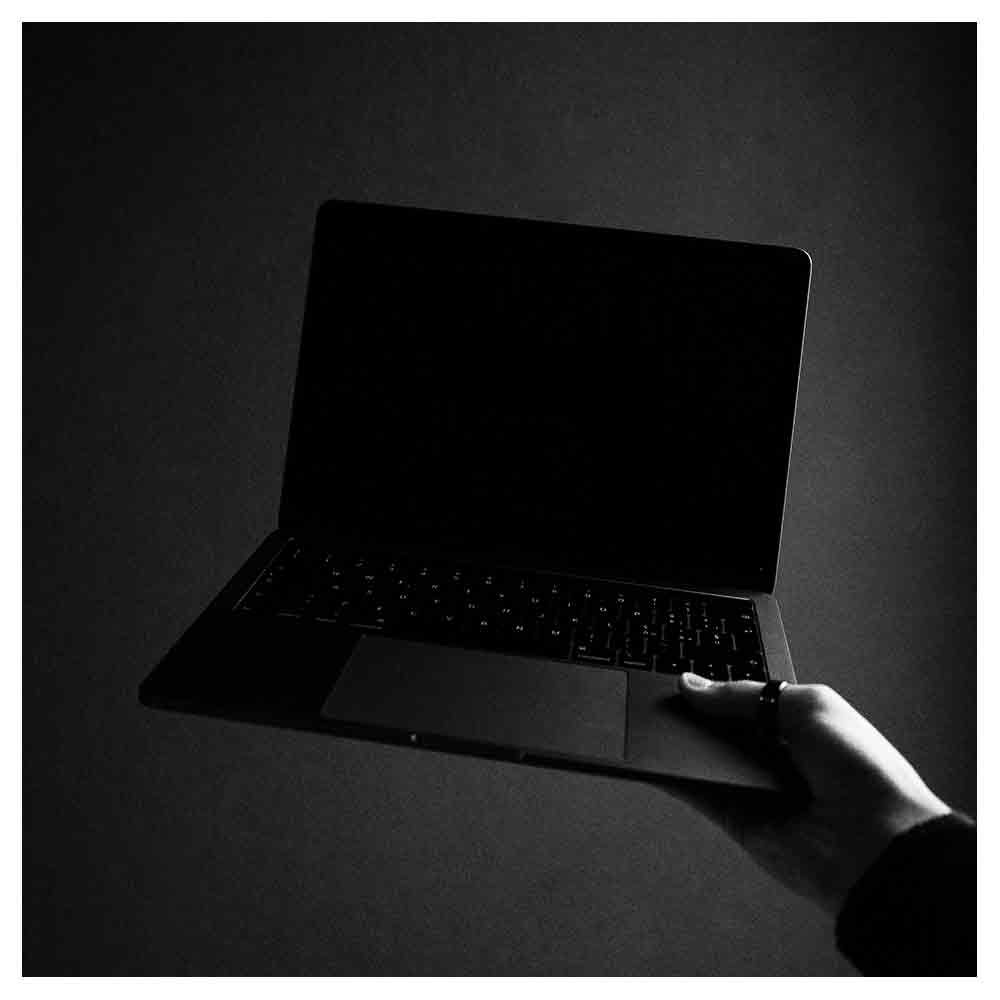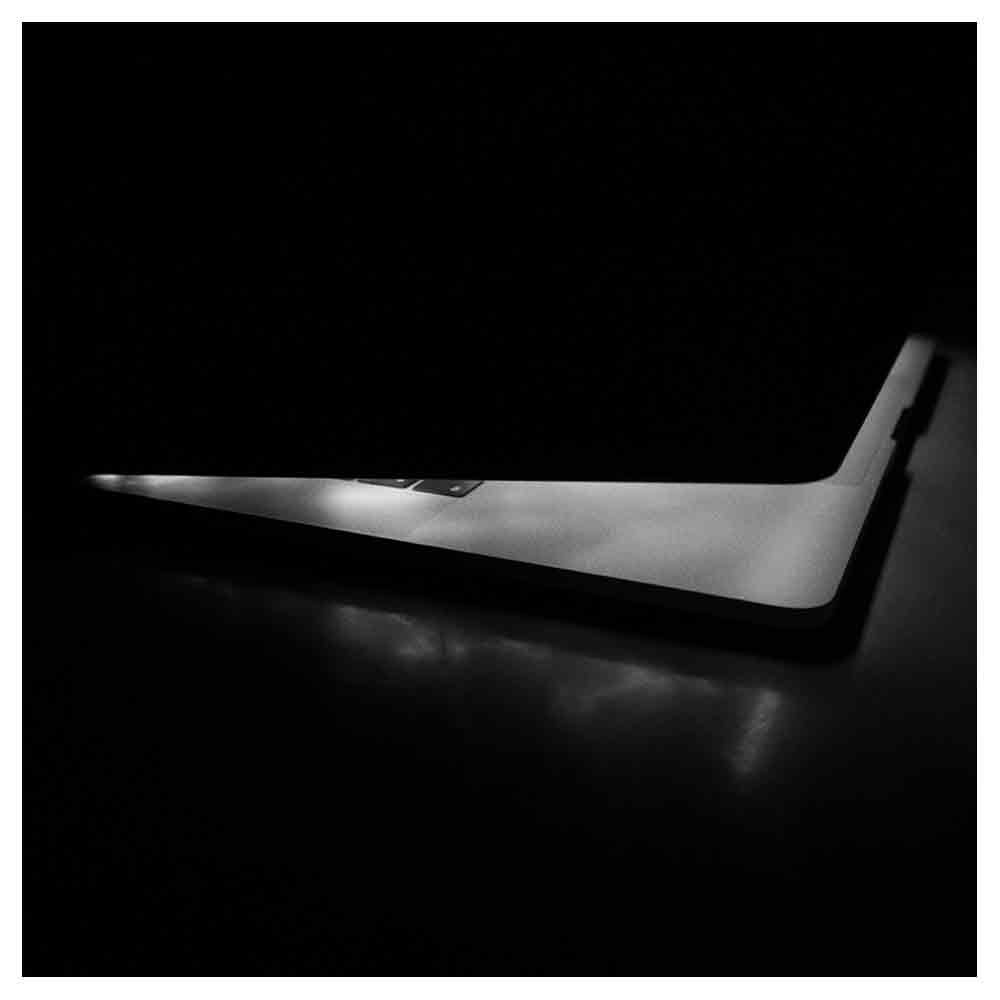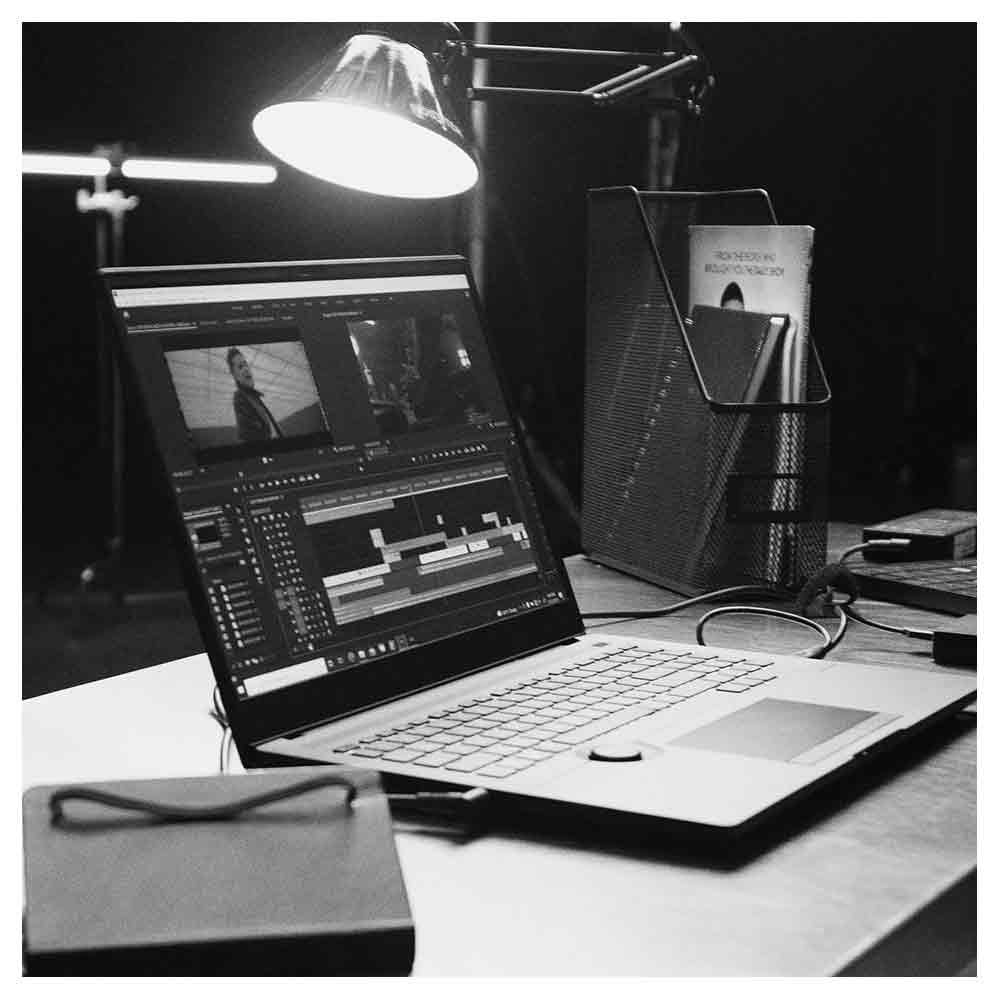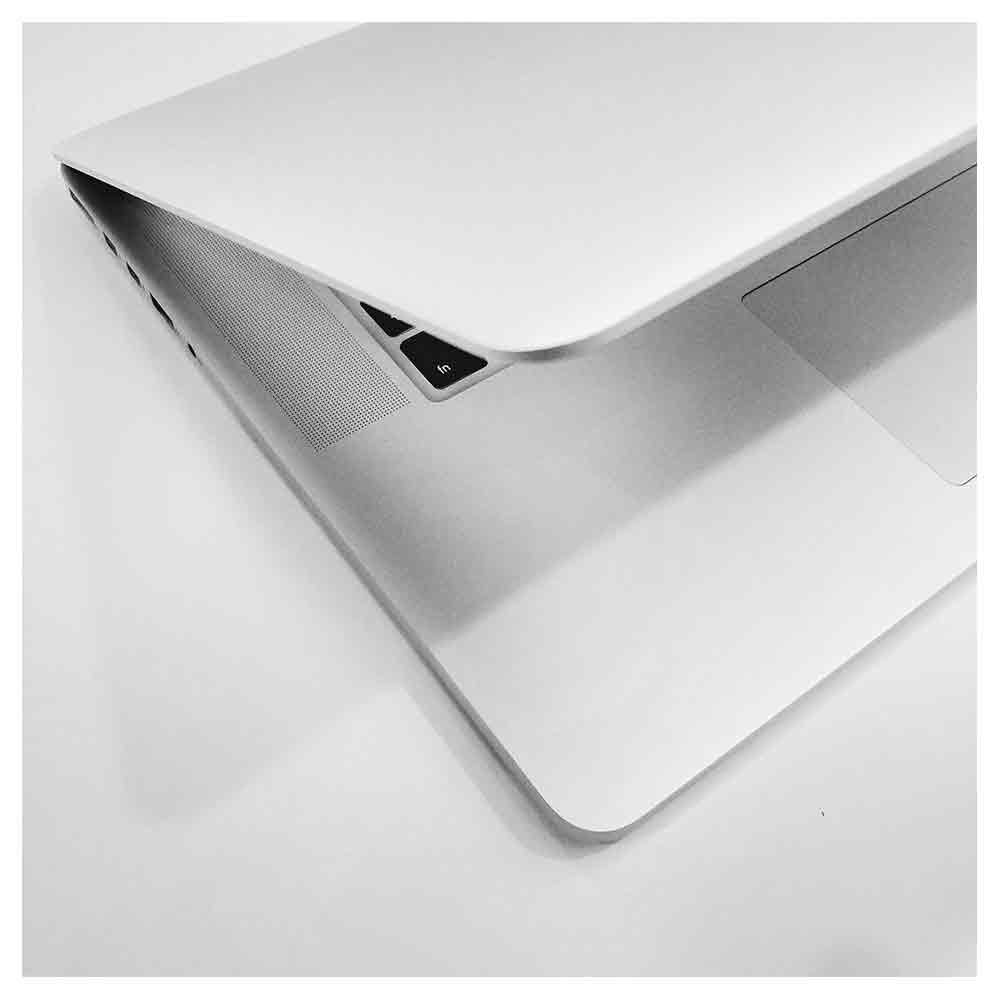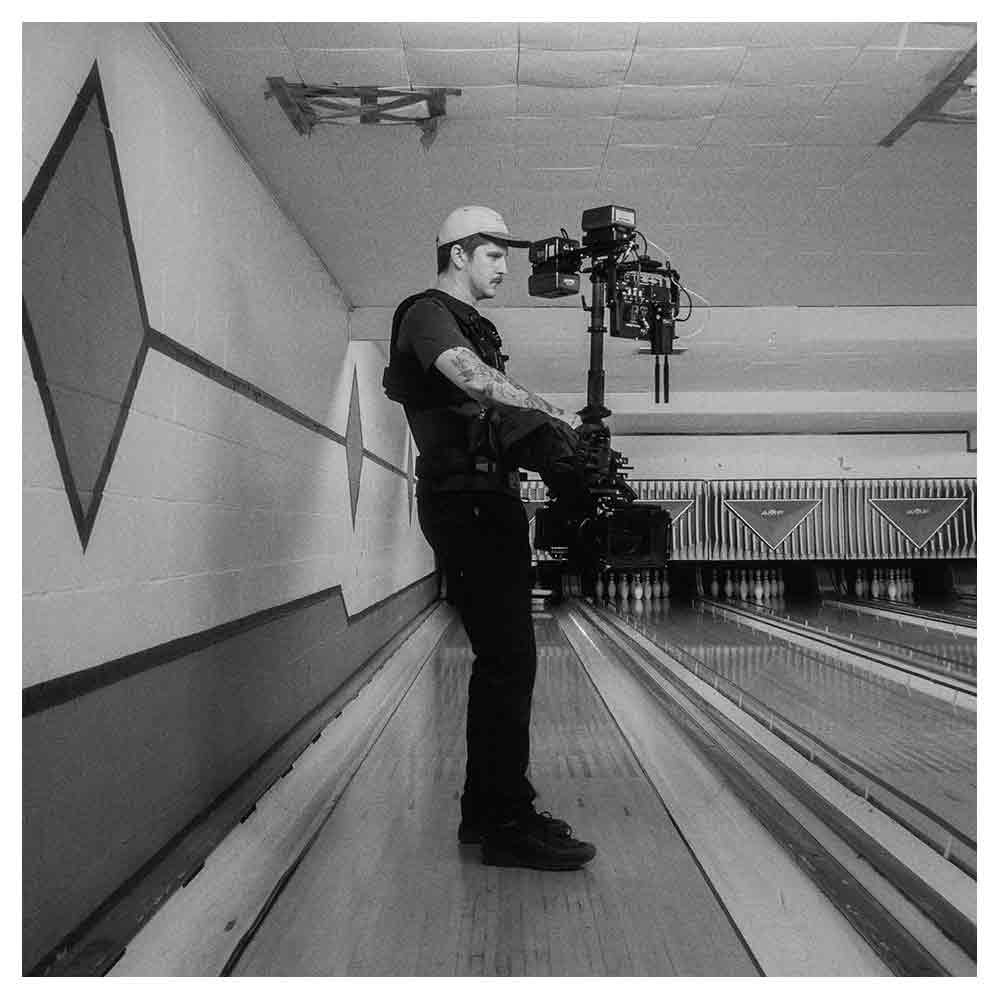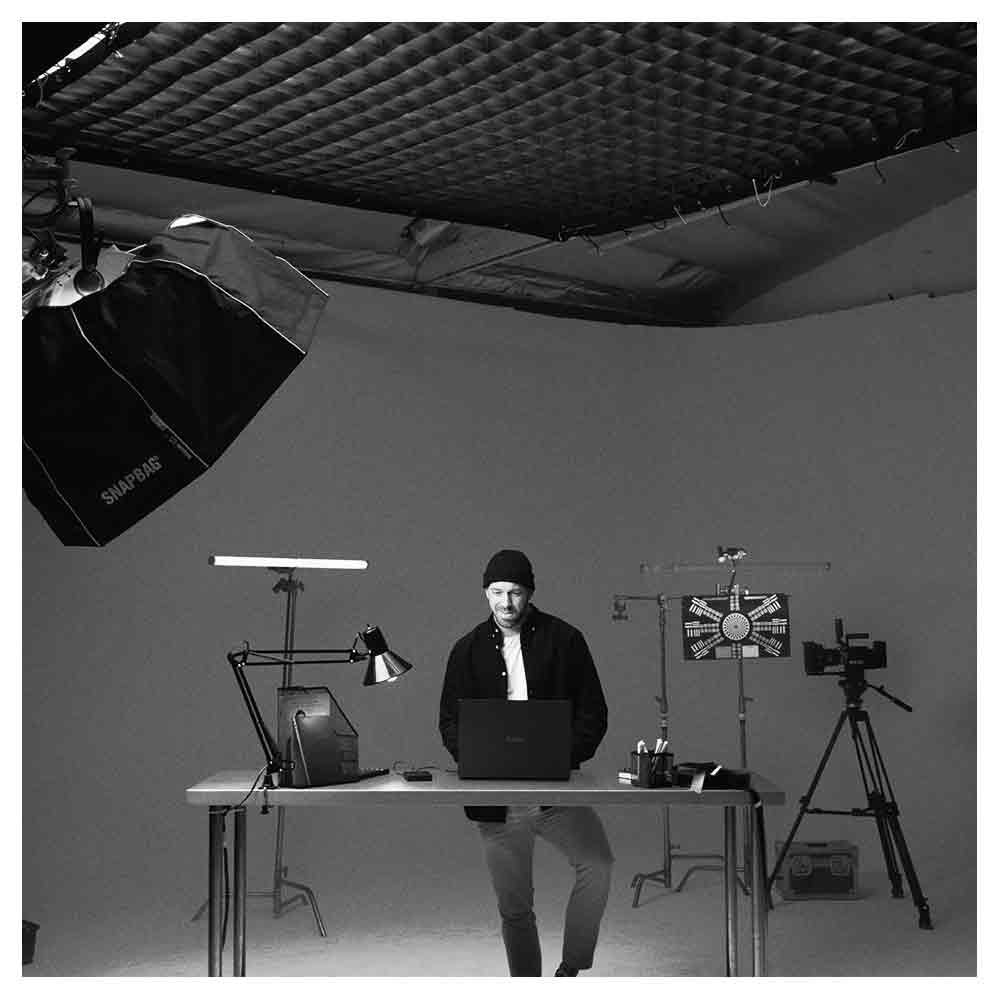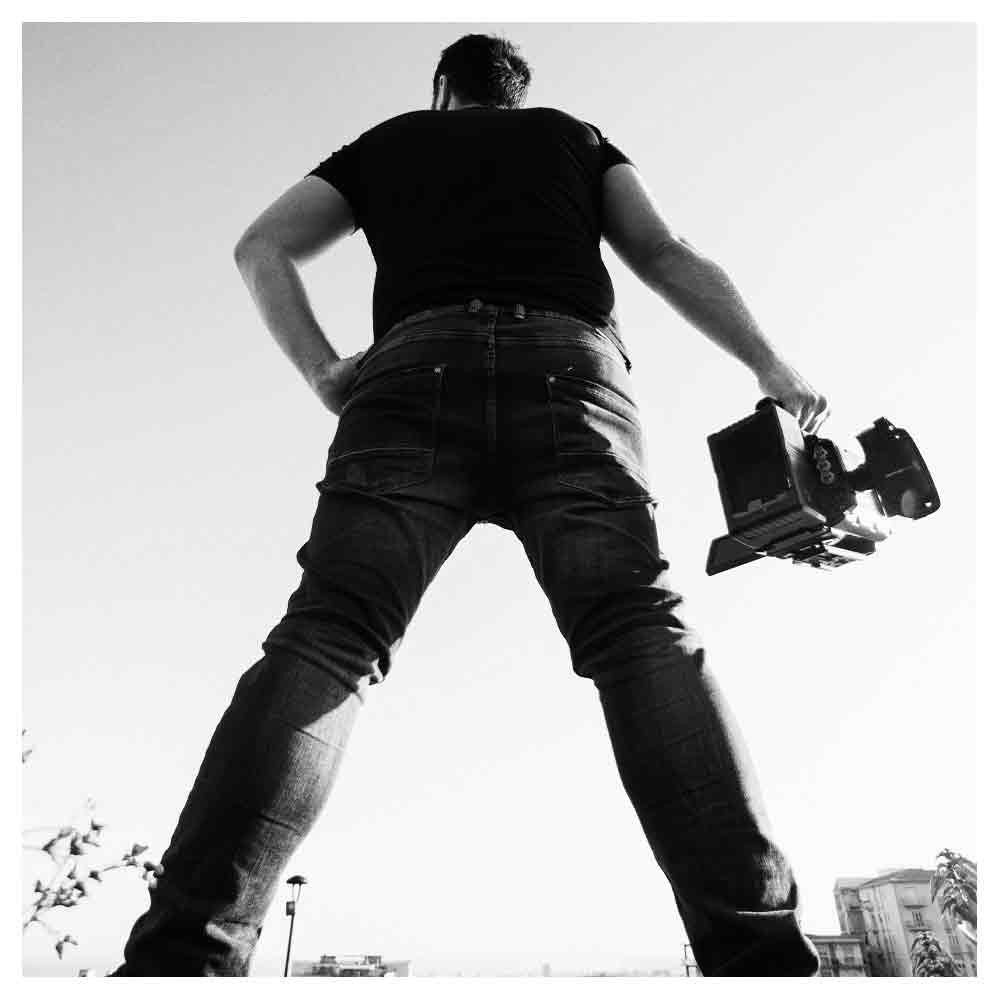The Ultimate Guide on How to Make a Lookbook for Film
Filmmaking is all about communication; words will only get you so far when communicating ideas. You need the right visual tools to help convey your creative vision and translate words on paper into something compelling and exciting for potential investors, collaborators, and crew members to look at—enter the film lookbook.
A well-crafted film lookbook can distinguish between a project languishing in development limbo and one that gains the support and funding necessary to become a reality.
In this comprehensive blog post, I'll explore the process of making a lookbook for film, covering everything from the basics of a lookbook to insider tips on making your movie lookbook stand out.
What is a Lookbook for Film?
A professional film lookbook is a visual blueprint of your movie's style, tone, and atmosphere, allowing you to showcase your unique vision to prospective stakeholders.
It's a document created in the pre-production phase specifically for others to review so they can download your vision into their minds.
For commercials, this is often referred to as a director's treatment. For music videos, it's called a music video treatment, and for short films, it is named a short film treatment.
But, compared to these three pitch documents, a lookbook functions not as a pitch document but as a visual reference that helps you communicate your aesthetic vision for a film and ensure that all of the elements involved in your production – from the costumes and sets to the lighting and camera work – are consistent and cohesive.
Simply put, a pitch deck attracts money, and a film lookbook shows where the money goes. It typically includes a combination of images, mood boards, artwork, location references, photos, color palettes, lighting, and other visual elements, and text that provides context and narrative for the images.
Think of it as a document to give your audience a taste of the potential final result.
Why is a Film Lookbook Important?
The goal of a film lookbook is to convey clarity. Everything in the lookbook should have a particular reason why it's in there and contribute to the bigger picture of telling a story.
It's about communicating to the person on the other end of the table your ability to articulate your vision as clearly as possible. Other than that, a lookbook is essential because:
Attracts investors and collaborators
The idea of a lookbook is to instill trust that you and your vision are the right fit for the project. A lookbook helps you pitch your film to potential investors, producers, and collaborators by giving them a clear idea of your project and how it will look on screen.
Enhances communication
A lookbook serves as a common reference point that outlines the visual language for the film that you can use to communicate with the art director, production designer, stylist, cinematographer, make-up artist, producers, and everybody else jumping on board to share your vision, ensuring everyone is on the same page regarding the film's visual language.
Provides creative focus
Developing lookbook forces you to think critically about your film's visual elements, making refining and articulating your creative vision easier.
What goes into a Film lookbook?
Before I’ll outline how to make a lookbook, you need to know what goes into a film lookbook:
Title page with a tagline
A one-sentence summary of the film. “When [inciting incident] happens, a [character description] must [objective] before [stakes].”
A story outline with a three-act structure (beginning-middle-end)
Inspirations
Where did you pull inspiration from?
Cast
Who are the main characters, and what are their relationships with each other?
What do they want?
Why do they want what they want?
Where do they come from?
How do these characters develop throughout the story?
Locations
What are the main locations of this story?
Where are these locations?
Why are these locations important to this story?
What is your philosophy regarding this project's camera, color palette, and grading?
Sound
What is your philosophy regarding the music and sound design of this project?
Editing Style and Approach
What is your philosophy regarding editing and pacing of this project?
Personal Statement
Who are you, and why are you the right person to bring this project to life?
Contact Information
You want to include a call to action for people to contact you after reading.
How to make a professional film lookbook?
Step 1: Define Your Film's Core Concepts
Before you start creating your lookbook, it's crucial to have a clear understanding of your film's core concepts. Consider the following key aspects:
Genre
Determine the genre of your film, as this will greatly influence the look and feel of your project.
Story and themes
Understand the story you want to tell and the themes you want to explore, as these elements will help guide your visual choices.
Style and tone
Decide on the overall visual style and tone of your film. This could range from a gritty, realistic look to a highly stylized, fantastical aesthetic.
Step 2: Research and Gather Inspiration
The next step in creating your lookbook is to gather inspiration and reference images from various sources that capture the look and feel you're going for in your film, such as:
Films and television shows.
Look for movies and TV series similar to your project's style, tone, or subject.
Photography and art.
Browse through photography books, art galleries, and online portfolios to find images that align with your vision.
Locations and architecture.
Visit potential filming locations or research online to find buildings and landscapes that fit your film's aesthetic.
Color palettes and textures.
Collect images that showcase the color schemes and textures you envision incorporating into your film.
Costume and set design.
Find inspiration for your characters' wardrobe and set decoration in fashion magazines, historical photos, and other visual resources.
If you don’t know where to find a collection of photographs for your lookbook, check out this blog article I wrote a while ago about the best sources for finding stunning pitch deck imagery.
Step 3: Curate Your Lookbook Content
Now that you've gathered a wealth of inspiration, it's time to curate the content for the specific elements of your lookbook.
Keep the following tips in mind:
Be selective.
Choose images that best represent your film's visual language and evoke the desired emotional response from your audience. Don’t just pick random images; use images that support the words on the page.
Focus on quality.
Opt for high-resolution images that clearly communicate your vision. Low quality won’t help to convey your vision, shows you didn’t do your homework, and shows you don’t appreciate the other person’s time.
Consider layout and flow.
Organize your lookbook in a way that tells a cohesive story, guiding the viewer through your film's visual journey. This may involve arranging images by theme, chronology, or location.
Balance text and visuals.
While images are the heart of a lookbook, don't underestimate the power of well-crafted text. Use concise and compelling copy to provide context and insight into your visual choices.
Maintain consistency.
Ensure that your lookbook has a consistent visual language, from the choice of images to the fonts and color schemes used.
Step 4: Design Your Lookbook
With your content curated, it's time to design your lookbook. Whether you're a seasoned graphic designer or a novice, plenty of tools are available to help you create a professional-looking lookbook.
Some examples of popular options include Adobe InDesign, Canva, Keynote, and Microsoft PowerPoint.
Every element you choose to put on the page, from the fonts, pictures, and colors, conveys an aesthetic mood, so keep the following design principles in mind as you create your work:
Choose a clean and simple layout.
A clutter-free layout allows your images to shine and makes it easier for your audience to absorb your visual message.
Use whitespace strategically.
Whitespace (also known as negative space) helps guide the viewer's eye and creates a sense of balance and harmony in your design.
Opt for legible typography.
Select easy-to-read fonts and font sizes to ensure your text is accessible and complements your visuals. You can download beautiful free fonts on Google Fonts.
Incorporate your film's branding.
If you've already developed a logo or other branding elements for your film, incorporate them into your lookbook to create a cohesive visual identity.
Test for readability.
Before finalizing your lookbook, ensure it's easy to read and navigate on print and digital devices.
Conclusion
Creating a beautiful lookbook for your film is critical in bringing your creative vision to life.
By defining your film's core concepts, gathering inspiration, curating content, and designing a professional layout, you'll be well on your way to securing the support and funding needed to turn your cinematic dream into a reality.
With a bit of patience and dedication, your lookbook will be a powerful and helpful tool in filmmaking, helping you attract collaborators, communicate your vision and process, and, ultimately, create a compelling and memorable film.

